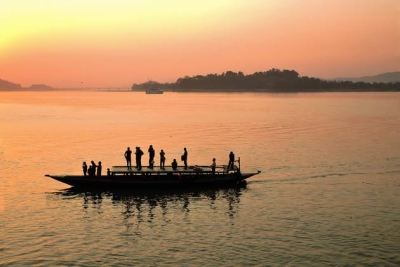
Northeast India is a forest surplus region. Its dense forests cover 64 per cent of the total geographical area. But an alarming decrease of 1800 sq. km. of the forest cover was observed between 1991 and 1999. Much of the dense canopy structures have also degraded into open forests that consist primarily of thorny scrub vegetation, thus creating more barren and unfertile wastelands than ever.
The Brahmaputra and Barak river valleys are fertile and fit for cultivation, but the rest remain arid and useless for permanent cultivation. The lack of availability of fertile plains for more extended periods led to the slash and burn agricultural practice called shifting cultivation, or Jhum cultivation. Although this practice has lots of benefits, its harmful after-effects tend to be more pronounced.
Initially, shifting cultivation was done in cycles of 15-20 years. It has now been reduced to cycles of 2-3 years which requires more forest area. This leads to loss of trees, thereby depleting the soil of its nutrients.
You have learned how forests help in preventing floods by holding the soil firmly by its roots. The Assam rainforests, too, were once natural sponges that absorbed much of the surplus monsoon rains. The Brahmaputra River that flows through these rainforests helps to remove this surplus water by draining it into the Bay of Bengal. The loss of the forest cover causes the Brahmaputra to flood its banks, a phenomenon that has now become a yearly affair, creating havoc and destruction to lives and property.
Picture Credit : Google




